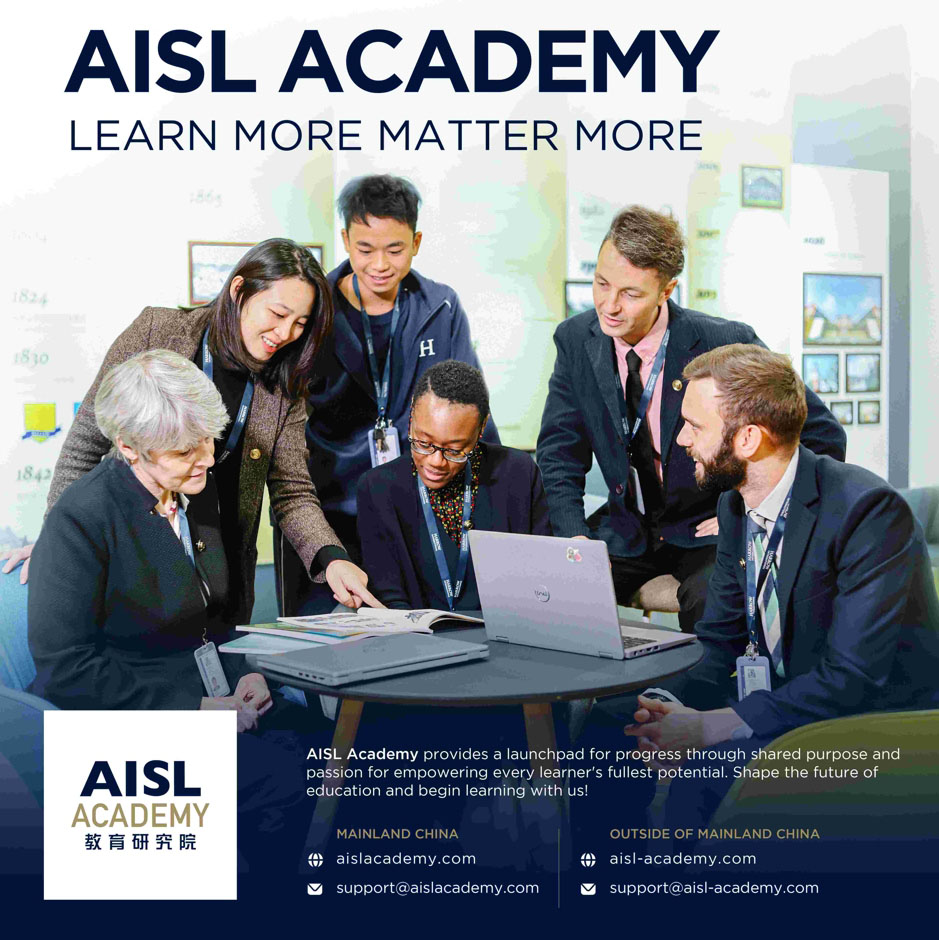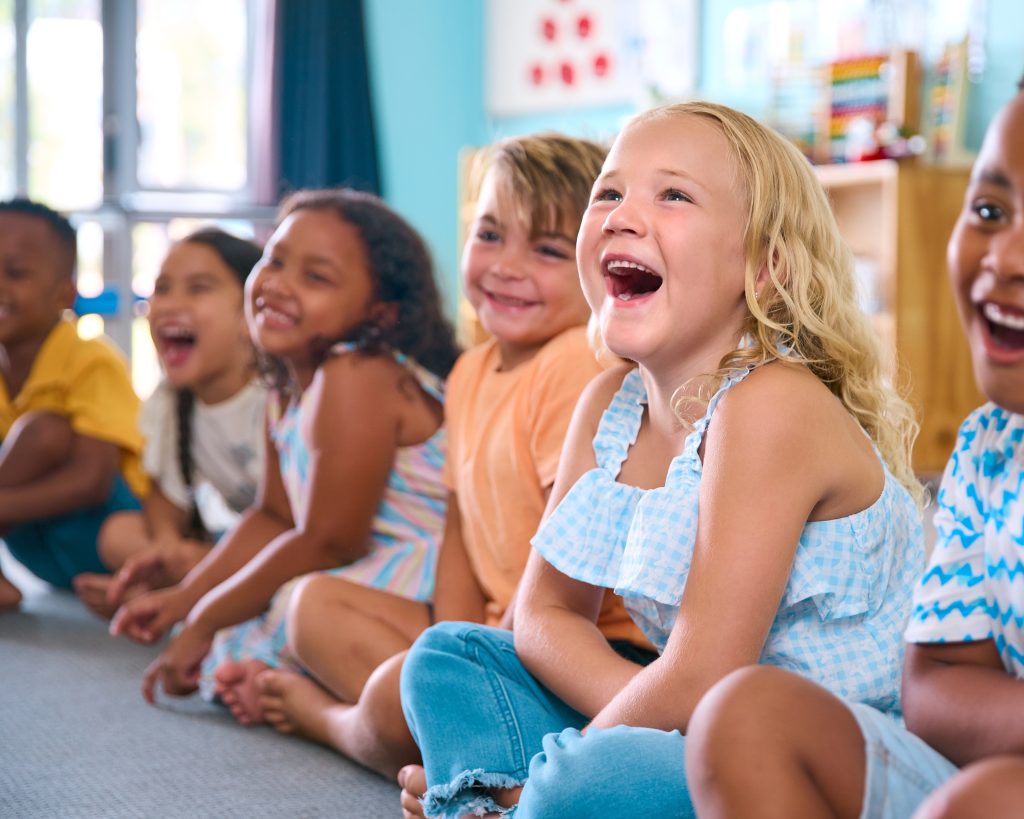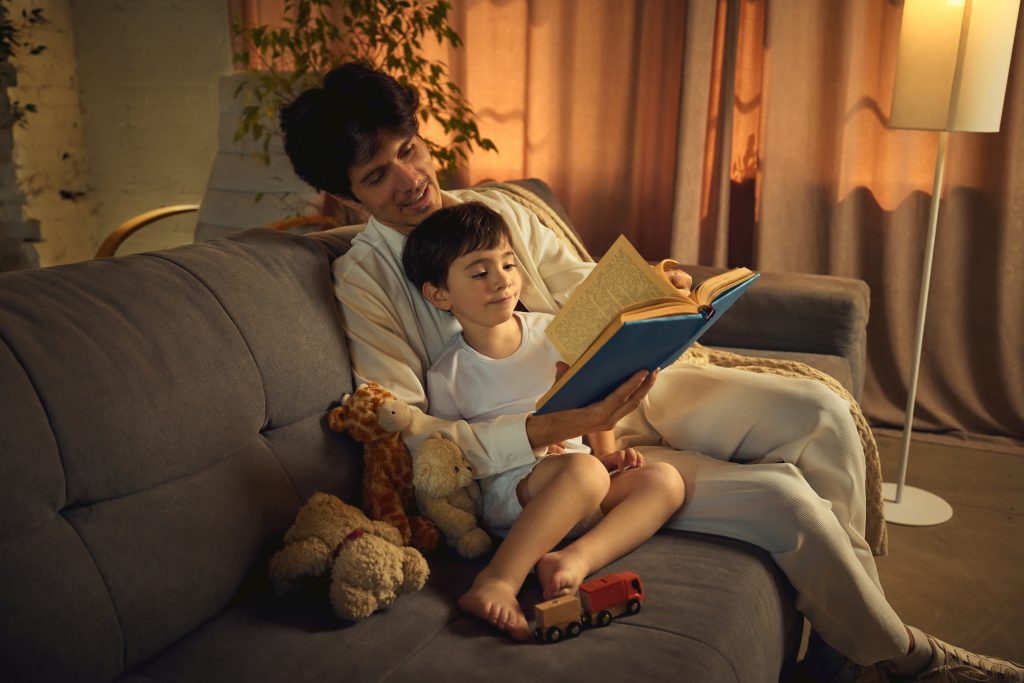Choosing the right international preschool is often one of the first major decisions a parent makes about their child’s education. It’s an exciting time, but also one that comes with plenty of questions. What kind of environment will best support your child’s development? How can you tell which schools are truly delivering quality care and learning? And how do you compare different approaches, especially if you’re in a new country?
Our article here provides a clear, practical checklist to help you evaluate what really matters when selecting an international preschool. From curriculum and classroom environment to emotional support and parent communication, we’ll walk through the key features that define a great early years programme, so you can make a confident, informed choice for your family.
Curriculum and Educational Approach
Is the Curriculum Play-Based, Inquiry-Driven, or Academic-Focused?
Preschools differ greatly in how they approach learning. Some follow play-based models like Reggio Emilia or Montessori, which encourage exploration and creativity. Others adopt structured international frameworks such as the British EYFS or IB PYP Early Years, which balance guided instruction with free play.
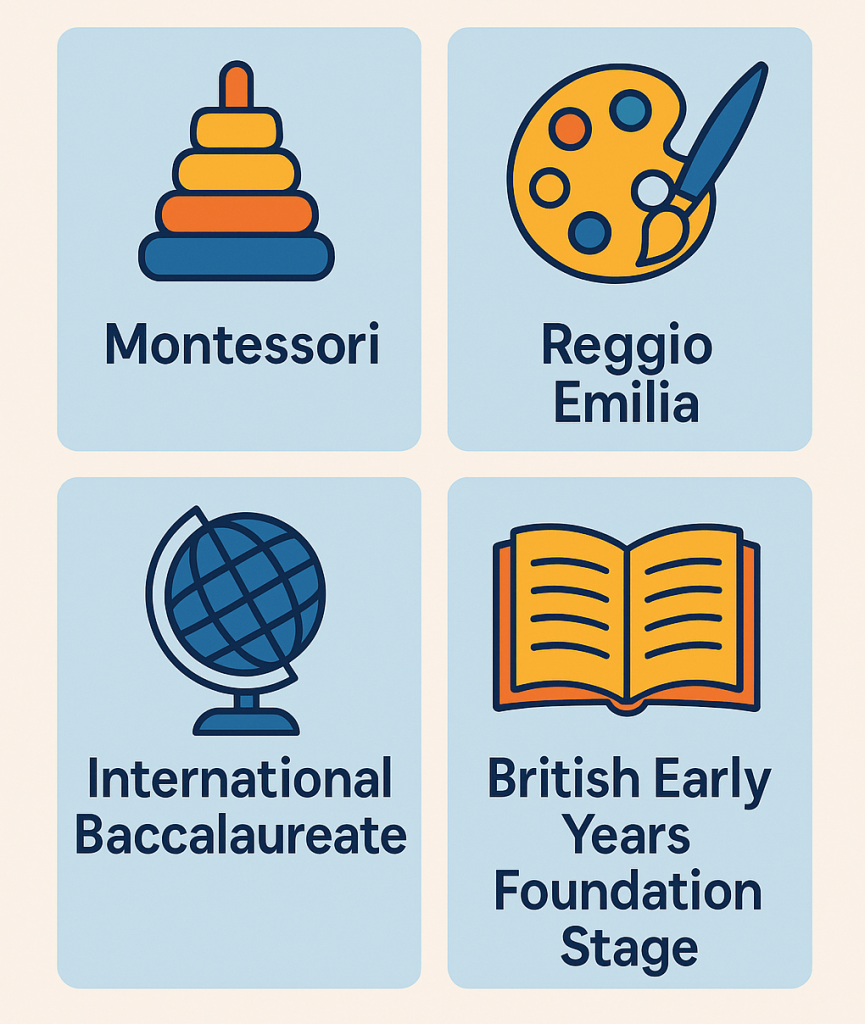
A strong preschool program should offer meaningful, age-appropriate activities that promote language, motor, and social-emotional development. Look for settings where children are encouraged to ask questions, collaborate, and solve problems through play.
Alignment with Long-Term Learning
Think beyond the preschool years. Is the curriculum part of a larger international pathway that links smoothly into primary school? For example, an IB PYP Early Years program may lead naturally into IB Primary Years, while British EYFS prepares children for Key Stage 1.
Choosing a preschool that aligns with your family’s future education plans can ease transitions and ensure consistent learning progress.
Teacher Qualifications and Support Staff
Educator Expertise and Training
The quality of a preschool often starts with its teachers. Look for schools where educators hold recognised early childhood qualifications, such as a Montessori diploma, PGCE, or CACHE Level 3. Just as important is a school’s commitment to ongoing training. Good international preschools invest in regular professional development to ensure their staff stay current with best practices in early years education.
Ask whether teachers receive support in areas like bilingual learning, inclusive education, or child psychology. This not only improves the classroom experience but also builds a team that can respond thoughtfully to each child’s needs.
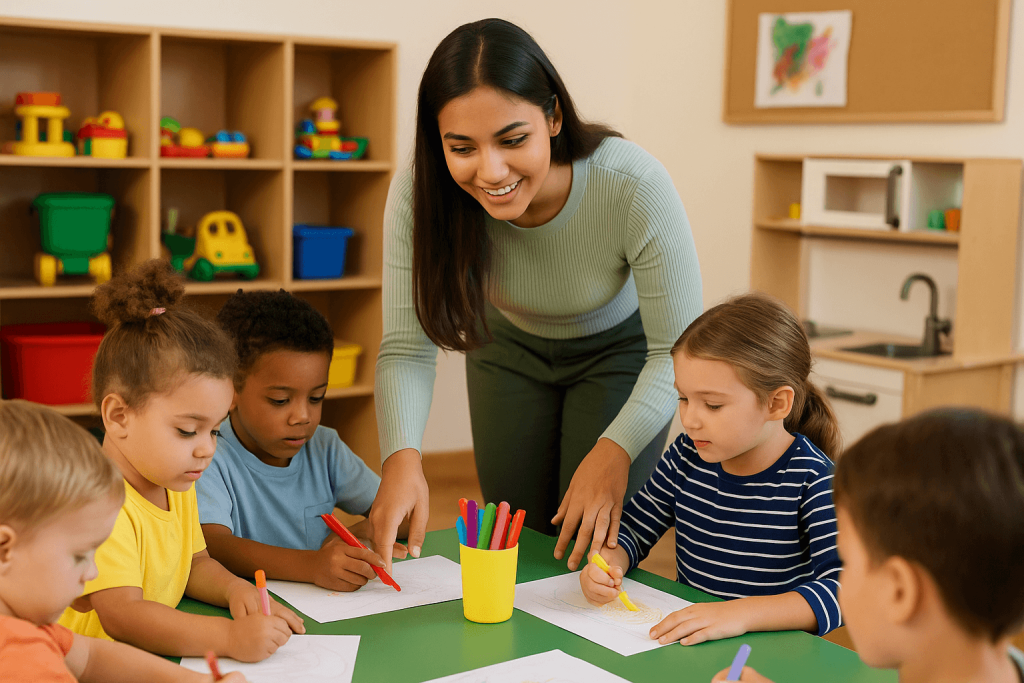
Teacher-Student Ratios and Classroom Support
Low teacher-to-child ratios are essential in early years settings. They allow educators to offer more attention, encourage language development, and spot signs of emotional or developmental concerns early on. While exact ratios may vary depending on local regulations, a strong preschool should be transparent about how many adults are in each room, along with how they’re supporting learning.
In addition to lead teachers, many schools employ assistants, language specialists, or support staff for children with additional needs. These roles can make a big difference in the overall quality of care and learning your child receives.
Safe, Stimulating Learning Environment
Before anything else, a preschool should feel safe. Parents should expect secure entry systems, well-maintained outdoor spaces, and clearly defined health and hygiene protocols. It’s worth asking how the school handles things like visitor access, first aid, and illness prevention. Cleanliness, supervision policies, and teacher awareness all contribute to a safe and nurturing space.
During a school visit, take note of how the environment is arranged. Are hazardous materials out of reach? Are toilets and sinks child-sized? A space designed for young learners should feel calm, accessible, and thoughtfully prepared.
Learning Spaces That Encourage Exploration
A strong preschool environment is both safe and also a place to inspire discovery. Look for classrooms with open-ended materials like blocks, art supplies, natural elements, and sensory tools. Outdoor areas should offer space for movement, imaginative play, and contact with nature.
Schools that invest in well-zoned learning areas, such as reading corners, quiet zones, or construction spaces, show a commitment to supporting different learning styles and developmental needs. These environments help children build independence and confidence as they explore.
Language Exposure and Cultural Diversity
Bilingual Programmes and Early Language Learning
Preschool is one of the best times for children to learn new languages. At this age, their brains are especially receptive to sound, rhythm, and vocabulary. A quality international preschool will often offer bilingual or multilingual programmes that expose children to a second or third language through songs, stories, and daily conversation, not formal instruction.
Parents should consider whether the school’s language model matches their family’s goals. Some schools offer full immersion, while others use dual-language teachers or designated language blocks. Both can be effective, but consistency and exposure matter most.
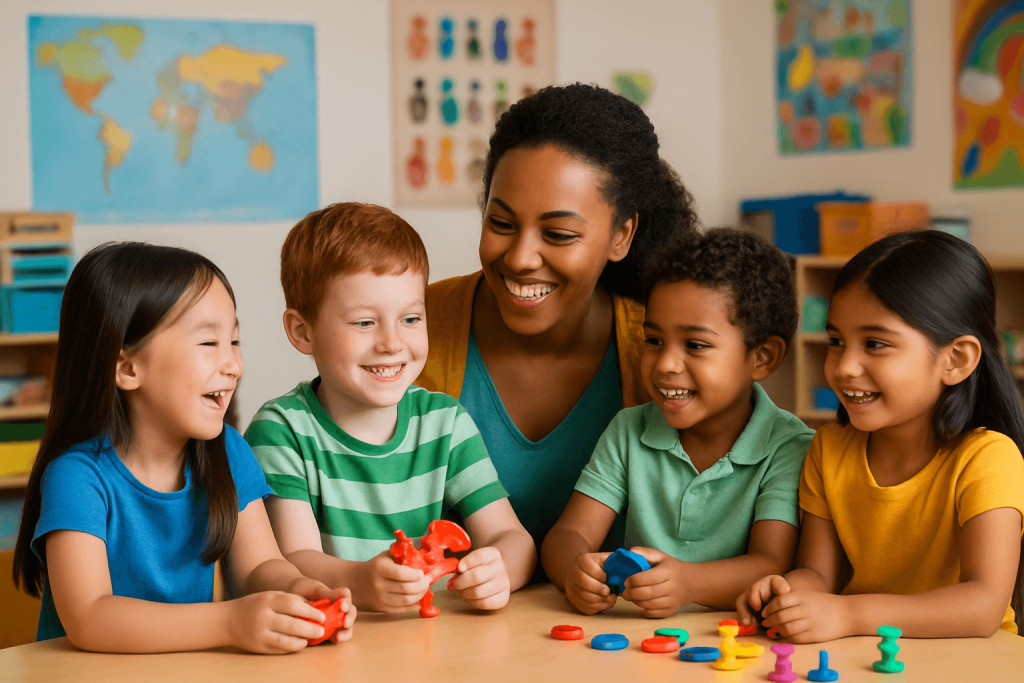
A Global Mindset from the Outset
A good international preschool doesn’t just tick off global holidays. It focuses on building a culture of inclusion and curiosity every day. Look for signs that the school welcomes a diverse community. Classrooms that feature books, toys, and visuals from a range of cultures help children feel represented and respected.
Some schools also support children from non-English-speaking backgrounds with tailored language support, easing transitions for expat families. Others involve parents in sharing cultural traditions, helping to build a stronger school community rooted in shared understanding.
Social-Emotional Development and Care
A nurturing environment that helps children understand their feelings, build friendships, and develop confidence is just as important as academics. Look for schools that include structured emotional development activities like circle time, storytelling with emotional themes, or mindfulness exercises.
Teachers play a key role in modelling empathy, encouraging cooperation, and helping children navigate everyday challenges, whether that’s taking turns, asking for help, or solving conflicts peacefully.
Positive Approaches to Behaviour
Instead of relying on strict discipline, quality preschools focus on gentle guidance and setting clear expectations. Ask how teachers handle common preschool behaviours like tantrums or separation anxiety. Do they use redirection, offer calm-down spaces, or encourage self-expression?
When educators respond with patience and consistency, children feel secure. This helps them regulate their emotions and build the social skills they’ll carry with them into primary school and beyond.
Parent Communication and Involvement
Clear, consistent communication between school and home creates a stronger foundation for learning. Many international preschools use daily journals, secure apps, or digital platforms to share photos, updates, and class highlights. These tools help parents stay informed and feel connected to their child’s day without overwhelming them with details.
During school visits, ask how often you’ll meet with teachers and whether progress is documented or shared regularly. Schools that value parent partnership will be transparent and proactive in keeping families in the loop.
Creating a Supportive School Community
Involvement isn’t limited to newsletters and updates. Look for schools that invite families to participate in storytime, cultural events, or learning celebrations. Whether it’s a parent workshop or an international day, these experiences build trust, foster belonging, and help children see their family life reflected in the school setting.
For expat families or those new to the area, this kind of community support can be especially meaningful.
Practical Considerations
When choosing a preschool, it’s important to weigh the daily logistics just as much as the philosophy. Start by looking at the school’s schedule. Do they offer half-day and full-day programmes? Is there flexibility for working parents or younger children who need a slower transition into full-time care?
Location is another key factor. Consider how easy it is to reach the campus each day, especially during busy commutes. Some international preschools offer school bus services or work with third-party transport providers. Others include meals and snacks, while some may charge separately, so be sure to ask for a clear fee breakdown that includes things like uniforms, materials, or extracurricular activities.
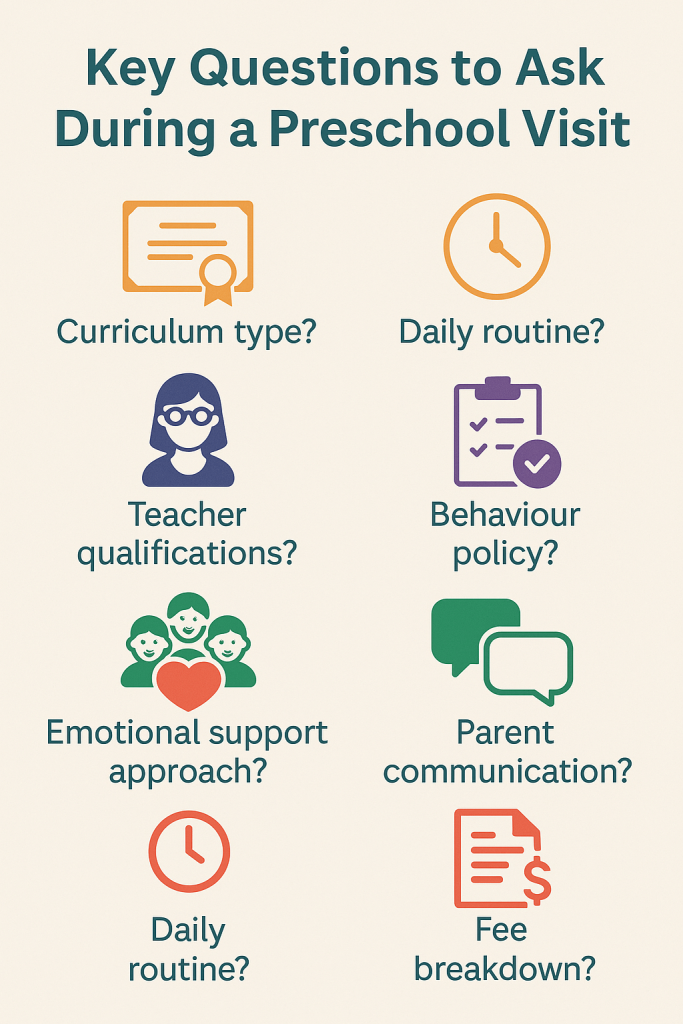
Ultimately, the right preschool should fit your family’s routine and budget while still offering a high standard of care and learning.
A great international preschool balances care, creativity, and connection. While no two schools are exactly alike, this checklist can help you ask the right questions and focus on what truly matters for your child.
To explore verified early childhood programmes and trusted education resources, visit AISL Mall, your guide to quality learning from the very start.






